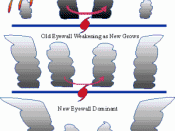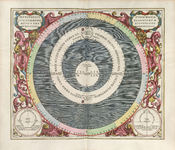In statistical research, there are some major elements that exist. One major element is the hypothesis, which is defined as "a statement about a population parameter developed for the purpose of testing" (Lind et al, 2004, p 317). There are two types of hypothesis statements: the null hypothesis, which is a statement about the population, and the alternate hypothesis that is the statement accepted when the null hypothesis is rejected. As a reader, we must first locate the null hypothesis and understand how it pertains to the research study.
In the article "Family Talk is Precious", Schwartz states his hypothesis in two parts. The first part is to state that fathers spend as little as 8 minutes each day with their children. The second part is to state that mothers spend 11 minutes or less each day with their children. These H would be written as: Fathers H : 8 minutes and Mothers H : 11 minutes.
The article continues to discuss in depth the null hypothesis of the amount of time mothers spend with their children, relating specific examples to show how the null hypothesis is supported and not disproved. The null hypothesis statements are used as a guide-line, it seems, for the data collected by the author in a few studies that were conducted, one consisting of 1500 households and the other consisting of 55 families. Besides the introduction of the article, the null hypothesis is not restated in any way, but does act as the base of the information that is presented. The supporting information acts as the building blocks to construct the data presented in the article. While the author does not prove the null hypothesis, he does offer some supporting evidence in the cases that he presents. An example is the case of Grace Daly...


